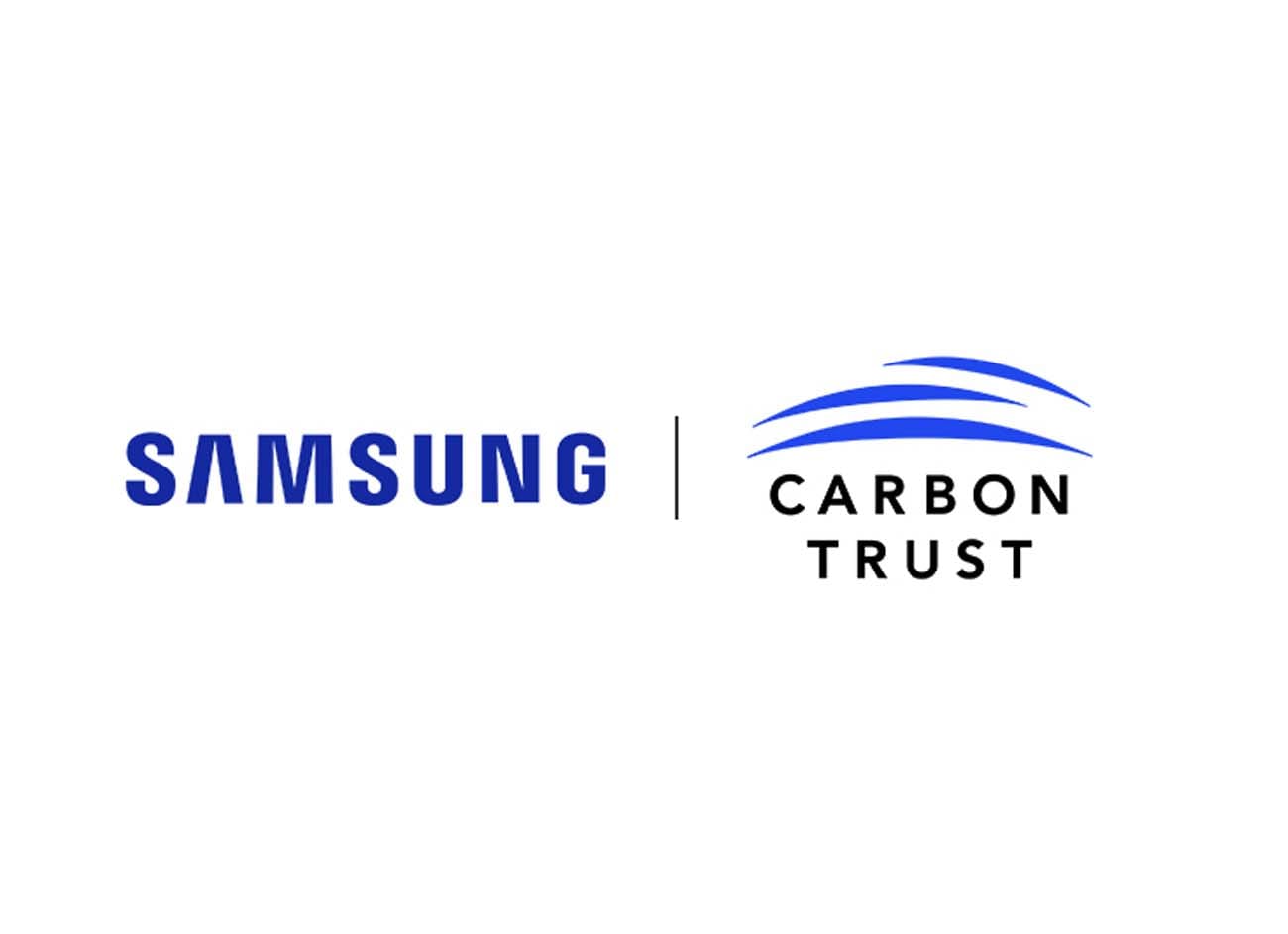Currently Empty: ₵0.00
Samsung Electronics today announced that, in collaboration with the Carbon Trust and other major tech companies, it has launched a new methodology for measuring the emissions and reductions linked to the use-phase of internet-connected electronic devices.
The launch of this methodology is part of Samsung’s participation in the Decarbonizing the Use-Phase of Connected Devices (DUCD) initiative, through which the company has teamed up with the Carbon Trust, Amazon, Microsoft and Sky to tackle the greenhouse gas emissions resulting from use-phase electricity consumption of internet-connected electrical and electronic products.
Newly published methodology is industry’s first specification for measuring, accounting for and decarbonizing the emissions associated with connected devices in use by customers
These organizations are focusing on the use-phase in particular because it is typically the largest source of product’s carbon emissions throughout its entire lifetime. Globally, connected devices currently require approximately 500 terawatt-hours (TWh) of energy annually — similar to France’s total energy use. Therefore, understanding and accounting for products’ carbon impact and finding ways to drive down emissions while devices are being used is a priority for the tech industry.
This new methodology sets out how companies can assess and report emissions using data drawn from devices that are being used by their customers, enhancing the accuracy of reporting that has until now relied upon lifetime forecasts used in current emissions accounting. Tech firms will also be able to account for emissions reductions that have been achieved in the process of using the methodology.
The annual reporting of use-phase emissions and reporting of emissions reductions will lead to increased transparency in communication to consumers, incentivizing companies to make reductions while products are still being used. The standardization and accuracy of the data will also guide companies to identify innovative solutions to further reduce the carbon impact of their devices.
Samsung’s contributions to launching the new DUCD methodology are a continuation of the company’s commitment to finding new ways to save energy. This type of innovation is exemplified by SmartThings Energy, which empowers users to track their energy usage and make better energy decisions, as well as AI Energy Mode, which considers usage patterns and electricity rates to help users better manage energy usage.
“The use-phase emissions make up the lion’s share of our products’ carbon emissions across their lifecycle, and measuring is key to managing and reducing emissions,” said Inhee Chung, Vice President of the Corporate Sustainability Center at Samsung Electronics. “At Samsung, engaging and empowering consumers through our energy saving solutions is a key element of our climate strategy, and we look forward to applying the DUCD methodology to demonstrate how our SmartThings platform and its AI Energy Mode enable consumers to monitor and reduce the energy use of their connected devices.”
“Connected devices are becoming increasingly relevant in everyday life and so it was important to bring key players in the technology industry together to start to address use-phase emissions now. This collaboration has produced a significantly improved approach for the calculation and reporting of carbon emissions and reductions achieved from connected devices and lays the foundation for further efforts to address emissions in this challenging area.” said Felix Prettejohn, Senior Consultant at the Carbon Trust.
About the Carbon Trust
The Carbon Trust is a global climate consultancy driven by the mission to accelerate the move to a decarbonised future. We have been climate pioneers for over 20 years, partnering with businesses, governments and financial institutions to drive positive climate action. From strategic planning and target setting to activation and communication – we turn ambition into impact. To date, our 400 experts have helped set 200+ science-based targets and guided 3,000+ organisations and cities across five continents on their route to Net Zero.


